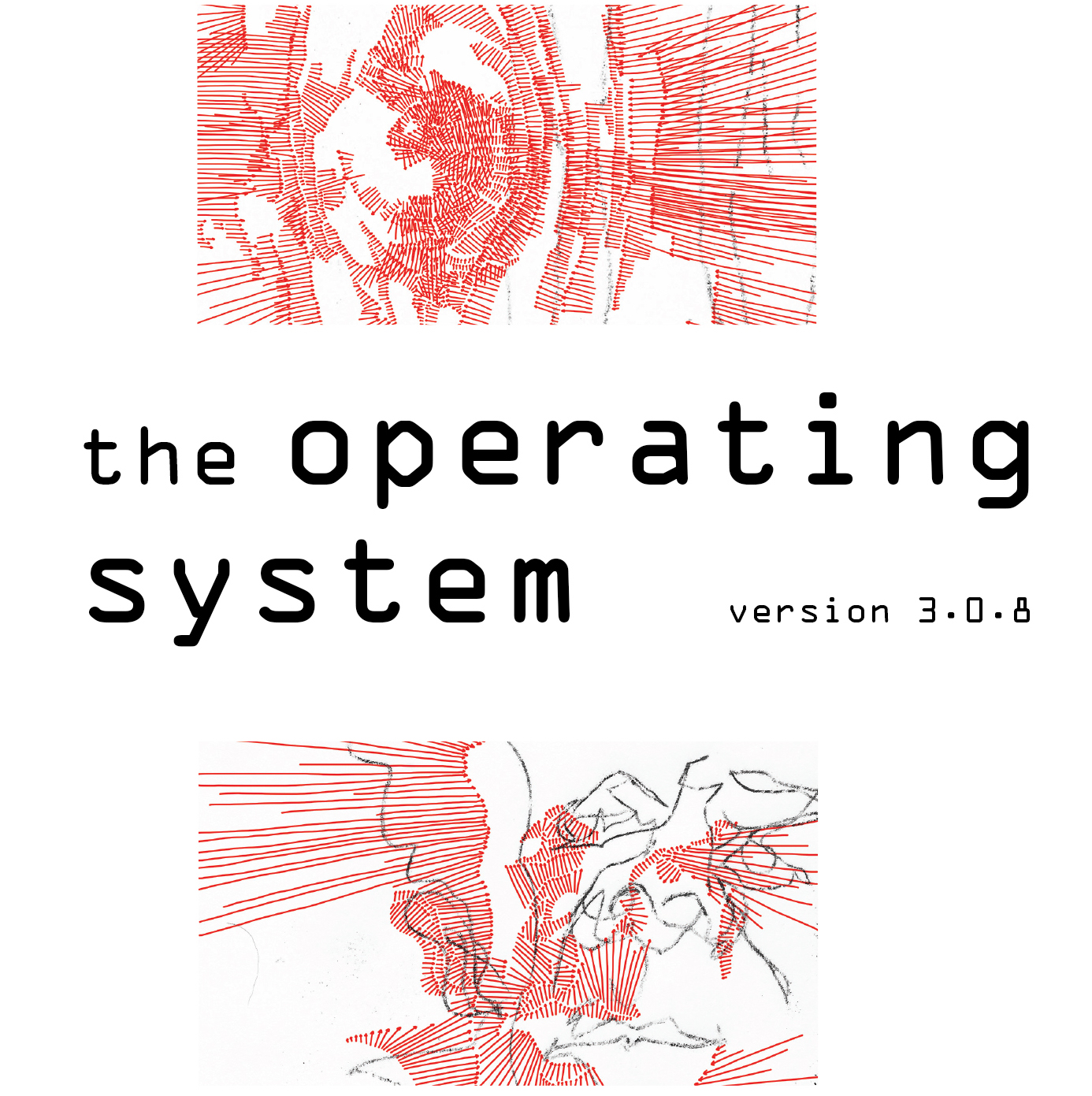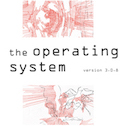
ART :: OPENINGS PRESENTS :: FRENZY INTO FOLLY VIRTUAL GALLERY IV : BARNES, MACK-VALENCIA, VANDERBERG, KNOUSE, AITCHISON
If you’re in or near New York City between now and October 26th, we highly recommend you take a trip to St. Paul’s to see the work in this incredible venue. For the enjoyment of our community near and far, Exit Strata will continue to bring you weekly virtual galleries for the duration of the show.
Corner of West 60th & Columbus Ave. (212) 265-3495
New York, New York 10019
[Open Hours: Mon – Fri 7:30 a.m. – 6:00 p.m., Sat – Sun 8:30 a.m. – 6:00 p.m.]
“Torre di Babele” :: This painting depicts my interpretation of The Tower of Babel. It was inspired by a winter visit to the Pinacoteca Nazionale (in Siena, Italy) where I wandered into a strange grouping of paintings. I wrote down notes about the artworks, including a piece that caught my attention, “La Torre di Babele” by Ignoto Fiammingo. Having been raised by a Protestant minister, I was familiar with the story but it was totally off my radar. After getting back to Brooklyn, I started researching the painting I had connected so deeply with and was frustrated as to why the images I searched bore no resemblance to what I saw at the museum. I found interesting versions by Bruegel and other lesser known artists but none by Ignoto. Just as I was about to go to sleep, it occurred to me to translate the words “Ignoto Fiammingo” and then found the humor and significance in learning that they meant “Unknown Flemish” and was not in fact by an Italian sounding artist. This summer, I returned to Italy and immersed myself in creating this painting while reflecting on how in our contemporary technology-filled society, the story of the tower remains poignant.
Fol٠ly (fǒl٠ē) n., 1. A lack of good sense, understanding or foresight. 2.a. An act or instance of foolishness. b. A grand but misguided idea. 3. A thing built to satisfy a fancy or conceit, often of an eccentric kind.
Love [luhv] noun, verb, loved, lov·ing. It’s indefinable … It is the strongest force in the world yet the most humble.
What could be more frenzy into folly than love? A lot of my paintings relate to this theme, and for this exhibition I am presenting a series of works based on two bizarre love stories: The one of Lisa Nowak, the successful NASA astronaut who went crazy during a love triangle in 2007, and the story of Kind Edward VIII, who abdicated his kingdom to marry American divorcee Wallis Simpson. In both stories the main character is well-grounded and socially responds to high standards. However, they both snapped and made a decision where logic had little engagement.
Besides the concept, my paintings also relate aesthetically to the Frenzy into Folly subject. Formally, they go from areas populated by very controlled and obsessive mark making, to other places on the surface where the ink is applied in a gestural way suggesting improvisation and intuition.
“There is always some madness in love. But there is also always some reason in madness.” – Nietzsche
http://www.
Crosses is an attempt to take a very loaded symbol and reinterpret it through the process of painting. The cross as an icon has been used and manufactured for frenzied movements and ideological folly throughout human history. It can be a symbol of faith and love, intolerance and torture, mathematics and astronomy.
Can a symbol so often distorted and manipulated be taken out of context and reimagined? I am attempting to see the obvious as something else.
My work is about color and the narrative process of painting through layering and scraping. I would like people to take away not only a sense of the process that went into the work, but to also reconsider the first image they encounter. Over time, layers will unfold and colors will interact in new ways to create new meaning.
http://

Composed entirely of common cotton fiber made rigid, “Cage” exists nearly as a portrait drawn in space. Recalling the theme of Frenzy into Folly, the chaotic line quality of string at the base of the work transcends the convention of its material nature as it builds upward into the structure of a bird cage. At human scale, this cage form makes visual reference to the body as a fragile container of life. The aesthetic of the cage structure indeed takes influence from gothic architecture, not unlike the exhibition’s cathedral space. “Cage” addresses the duality of absence and presence so often experienced within the religious realm.
 Within this context of frenzied spiritual environment, my mind wanders to the phenomenon of speaking in tongues, also known as “glossolalia.” During this act, the human vessel experiences a manic state from which spiritual messages are extracted and refined. Just as the subject who speaks in tongues weaves together strings of frantic, seemingly nonsensical language to construct profound meanings, so too does “Cage” conjure an apparition from an unlikely and chaotic source.
Within this context of frenzied spiritual environment, my mind wanders to the phenomenon of speaking in tongues, also known as “glossolalia.” During this act, the human vessel experiences a manic state from which spiritual messages are extracted and refined. Just as the subject who speaks in tongues weaves together strings of frantic, seemingly nonsensical language to construct profound meanings, so too does “Cage” conjure an apparition from an unlikely and chaotic source.
http://www.sarahknouse.com/
Robert Aitchison (Brooklyn, NY)
This painting is part of a body of work I’ve been creating using ash as a painting medium.

For the past three years I have been burning in campfires an assortment of material belongings I’d become overly attached to.
I collect the ashes from these burnings and blend them with acrylic gel medium to create a pigment to paint with.
My work explores the chaos and complexity of uncultivated environments. The imagery in these works often references the dense forests in which the items were burned.
The ash paintings investigate the effects of this transformative process (the burning and reconstitution of material) on my physical, psychological, and spiritual terrains.
In this particular body of work I’m interested in establishing contemplative scapes that evoke the space between the frenzy of letting go, and the folly of remaining attached.



